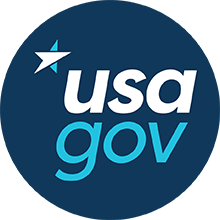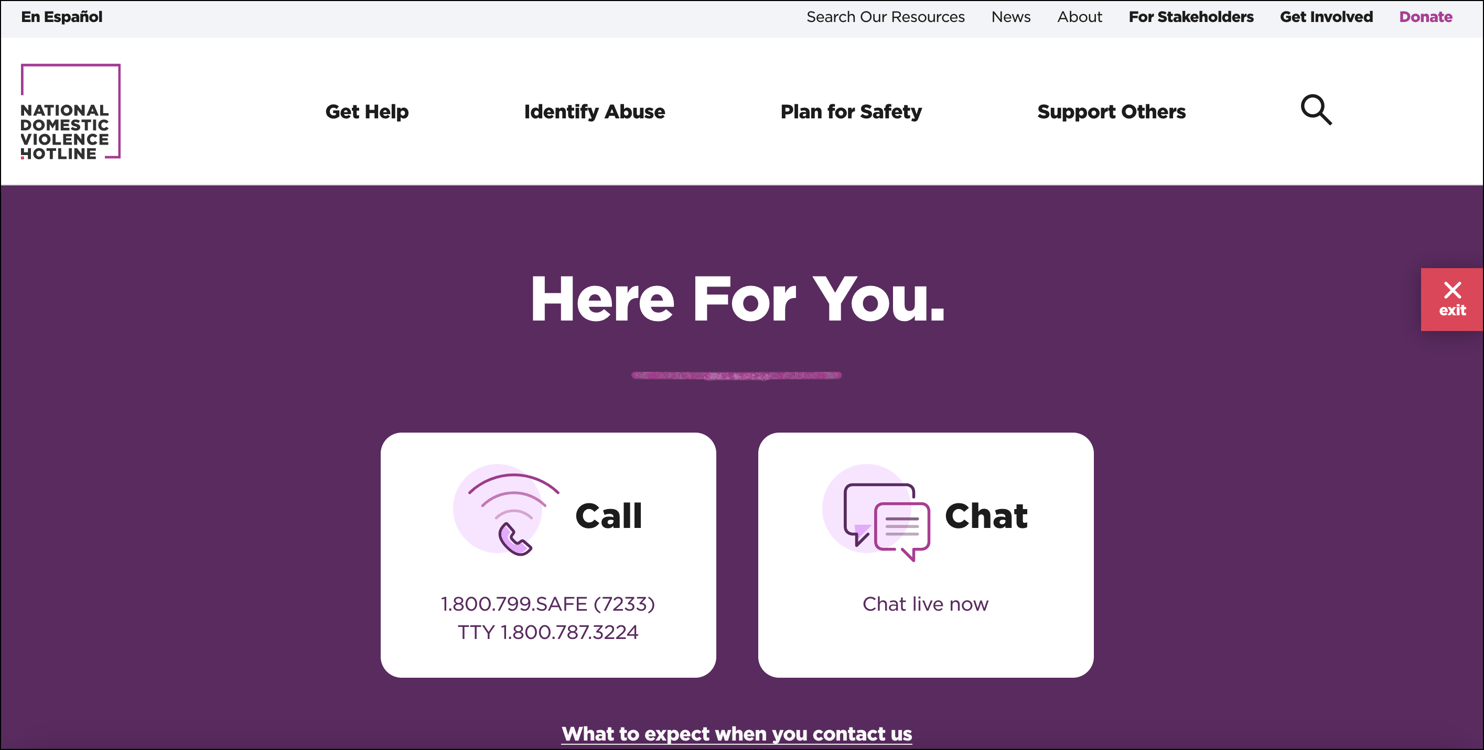Thomas J. Engels
Administrator Health Resources and Services Administration 5600 Fishers Lane Rockville, MD 20857 U.S.A
CC: Steve Hirsch, Public Health Analyst FORHP, HRSA, 5600 Fishers Lane, Rockville, MD 20857, Phone number: (301) 443-0835 or Email: ruralpolicy@hrsa.gov.
RE: Revised Geographic Eligibility for Federal Office of Rural Health Policy Grants
Dear Administrator Engels,
On behalf of the National Latino Farmers & Ranchers Trade Association (NLFRTA), we appreciate the opportunity to provide formal comments on the Health Resources and Services Administration’s (HRSA) Federal Office of Rural Health Policy (FORHP) methodology of defining rural areas in the United States. FORHP’s definition of rural areas is critical to determining which providers are eligible for rural health grant funding or services. NLFRTA supports modifying FORHP’s methodology for defining rural areas in the United States, and we appreciate the work HRSA has previously completed to address stakeholder concerns and ensure ‘rural’ is properly defined across the country.
NLFRTA is a national nonprofit membership organization with more than 75,000 members, and the association’s mission is to improve the sustainability of food production for rural America and provide leadership on multiple rural issues, which, of course includes accessibility to health services, through advocacy, communications, education, and research. While our focus is on Latino farmworkers, farmers and ranchers, NLFRTA membership consists of a diverse collection of individuals and organizations, all of whom share the common goal of protecting rural America's communities.
There are approximately 60 million people living in rural America, spread across 80 percent of the nation's landmass. Unfortunately, however, there are rural communities across the country that are not identified by HRSA as ‘rural’ and remain ineligible to apply for or receive services funded by FORHP’s rural health grant programs. In January 2020, the Chartis Center for Rural Health found that 48 percent of the United States’ rural hospitals faced negative operating profit margins. Due to the impact of the pandemic, this percentage has undoubtedly increased. It is imperative that HRSA ensure all rural designated providers are eligible for federal rural health grants. These could provide a critical lifeline for these providers as they continue to combat the ongoing COVID-19 public health emergency (PHE).
NLFRTA views the proposed revised geographic eligibility for FORHP grants as a step in the right direction. In particular, the proposed change to the rural methodology listing outlying Metropolitan Statistical Area (MSA) counties without Urban Area (UA) populations as eligible areas is a positive development. Providers located in these counties have been considered ‘rural’ by nearly every interpretation except for eligibility for FORHP rural health grants for years. Expanding FORHP rural health grant eligibility to rural providers in these counties is logical and necessary; due to the COVID-19 PHE, many providers in rural America have furloughed staff, instituted cuts, or are shuttering their doors. Allowing additional rural providers to apply for or receive services funded by FORHP’s rural health grant programs could provide a critical lifeline to struggling rural providers and allow them to continue serving rural patients.
NLFRTA is excited by the direction HRSA has taken revising the methodology for geographic eligibility, but we believe there are ways the methodology can still be improved. Broadly speaking, we believe it is reasonable that all rural designated providers—whether that is a Critical Access Hospital, Rural Health Clinic, Federally Qualified Health Center, Rural PPS Hospital, etc.—should be eligible to apply for or receive services funded by FORHP’s rural health grant programs. This could be done through instating a “legacy clause,” which would grandfather all currently designated rural providers as eligible for FORHP grants. If it is not possible for HRSA to include this clause within their current methodology changes, we believe the following suggestions will help HRSA’s definition of ‘rural’ be more reflective of the populations and areas served throughout rural America.
Provide an Exception for Counties with Difficult Terrain
NLFRTA supports HRSA’s decision to include counties in MSAs with no UAs within their definition of rural. However, we believe the proposed methodology misses the mark when it comes to measurements for some rural areas. Rural health care providers across the country, particularly those that practice in mountainous regions or areas with difficult terrain, will remain ineligible for FORHP grant funding and services because their counties’ population densities are misinterpreted as UAs. For example, in West Virginia, Fayette County is not considered rural for FORHP grant eligibility, even under the proposed methodology. We believe this is wrong.
In New Mexico, according to the latest 5-year American Community Survey estimates, many Bernalillo County residents lack access to a vehicle which may prevent them from traveling to receive health services, buy healthy food, or engage in other health promoting behaviors.
Currently, FORHP provides exceptions to census tracts with a Rural-Urban Commuting Area (RUCA) codes of two or three that are, “400 square miles in area with a population density of no more than 35 people per square mile.” FORHP should consider exceptions aimed at regions which have difficult terrain, such as mountainous regions, that may have a higher density per square mile, but, ultimately, are just as rural. The Centers for Medicare and Medicaid Services (CMS) has recognized the need to provide a shorter distance requirement for rural areas in regions with difficult terrain with a lack of primary roads. For example, CMS requires critical access hospitals (CAH) located in regions with mountainous or difficult terrain to only have 15 miles between their facility and the next hospital, instead of the standard 35 miles. NRHA firmly believes FORHP should allow exceptions that will incorporate rural areas with mountainous
or difficult terrains within their definition of ‘rural.’
Utilize a More Accurate Representation of a County’s Population When Determining FORHP Grant Eligibility
NLFRTA believes FORHP misinterprets the population base of certain rural counties and wrongly deems them ineligible for rural grants. State penitentiaries and federal prisons can skew the total population and population density of counties that would otherwise be considered rural, which can inhibit them being eligible for rural grants. Civilian populations in these counties are not large or densely populated and are often served by rural hospitals or CAHs, yet FORHP misinterprets these counties as ‘not rural’ because they include a prison population that does not use any of the services utilized by the civilian population. In the past, FORHP has provided exemptions for some of these counties, but these exemptions must be regularly obtained. NLFRTA believes that FORHP should fix this glitch as they seek to update their rural classification methodology.
Similarly, FORHP deems some rural counties as ‘not rural,’ making them ineligible for rural grants, because they include a college or university. Although college/university student populations are more likely to use their county’s rural health infrastructure and services than prison populations, they are often only in a rural community for eight months out of the year, and typically do not use health care services in the same capacity as permanent residents. These populations are extremely transient and should not inhibit a provider from applying for FORHP rural health grant dollars. NRHA requests FORHP’s definition of rural account for rural counties that may include transient college populations.
Hub Sites that Serve Majority Rural Population
NLFRTA encourages FORHP to consider expanding eligibility to health centers primarily serving rural populations that are affiliated with a hub site located within a MSA UA. There are several health centers located in rural counties across the United States that have a hub site registered within a county that FORHP considers “urban.” These satellite sites serve a majority rural population and provide critical health care services. NRHA believes it is not fair to the satellite provider that they are unable to obtain FORHP rural health grant funding simply because of their affiliation with an urban hub. We believe FORHP should review this criterion and allow health centers serving rural populations to apply for grants based on the location of the service, rather than the location of an affiliated hub site.
As a final note, NLFRTA would like to acknowledge that as FORHP expands its definition of ‘rural’ and allows more entities to apply for or receive services funded by its rural health grant programs, increased funding for these programs will be necessary. NLFRTA welcomes any assistance the administration can provide as we continue to work with Congress to ensure that adequate funding is appropriated to these programs.
Again, thank you for the chance to offer comments on this revised methodology and for your consideration of our comments. We very much look forward to continuing our work together to ensure our mutual goal of improving quality and access to care. If you would
like additional information, please contact Rudy Arredondo at latinofarmers@live.com, or 202- 628-8833.
Sincerely,
President/CEO/Founder
National Latino Farmers & Ranchers Trade Association
1029 Vermont Avenue, NW, Suite 601
Washington, DC 20005
Office: (202) 628-8833
Fax No.: (202) 393-1816
Email: latinofarmers@live.com
Twitter: @NLFRTA
Website: www.NLFRTA.org














